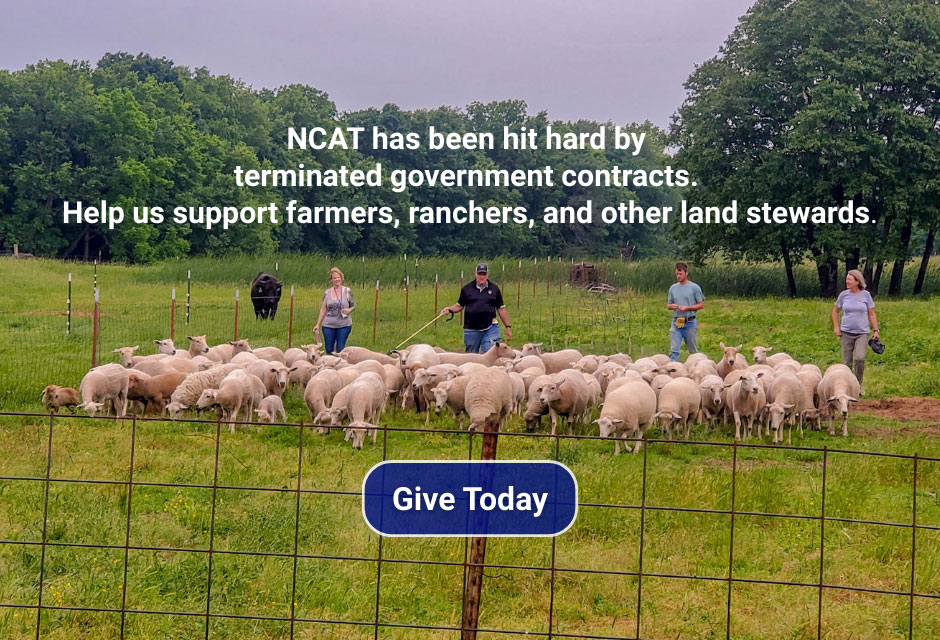The Conservation Equation: Water, Wildlife, and Working Lands
 Print This Post
Print This Post
By Darron Gaus, NCAT Sustainable Agriculture Specialist
Across the arid West, the choices producers make about how they graze, plant, and manage their soil ripple far beyond (and below) the fence line. When producers choose to implement water conservation practices, they are choosing to not just sustain agriculture, but also to protect wildlife, support habitats, and recharge aquifers that serve millions.
The Ogallala Aquifer in particular is a vital source of water for drinking and irrigation across eight states, and it is under stress. But with thoughtful land stewardship, it is possible to slow depletion and even allow aquifer recharge. The best news is that the conservation practices that recharge the aquifer also improve soil health, increase drought resilience, improve profitability, and create habitat for species like pollinators, songbirds, and even the lesser prairie chicken.
Conserving a Lifeline: The Ogallala Aquifer
The Ogallala Aquifer lies beneath the vast grasslands of the Southern Great Plains. This geological reservoir of groundwater has quietly powered the region’s agriculture and rural communities for generations. But that lifeline is shrinking. Decades of pumping, often faster than natural recharge can occur, has led to widespread depletion in many areas.
Fortunately, regenerative conservation practices offer a way forward. Practices such as managing for deep-rooted perennial grasses, rotating livestock to avoid overgrazing, reducing tillage, and increasing ground cover all help slow runoff and encourage water infiltration.
These practices are proactive rather than reactive. Building the conditions for aquifer recharge and for drought resilience requires conservation planning, instead of just reacting to weather extremes as they happen. The aquifer level responds to these long-term decisions. Managing diverse perennial cover and maximizing ground cover to minimize bare soil helps create conditions that soak in every drop of rain to sustain crops, livestock, and wildlife even through dry spells.
Working Lands, Living Landscapes
Across the Southern Great Plains, a growing number of farmers and ranchers are discovering that what’s good for water is good for the land, what’s good for the bird is good for the herd, and all of it is great for the bottom line. Adaptive grazing strategies that mimic historic bison movement patterns are helping keep grasses vigorous and resilient. Cover cropping and minimal tillage are building organic matter and protecting soil from erosion and drought. Where invasive woody species have crowded out native grasses, prescribed fire and mechanical removal are bringing back the open structure grasslands need to thrive. This isn’t about bringing back a single species, it’s about reweaving the fabric of the prairie, one pasture at a time.
This holistic approach builds a landscape that holds onto its water, supports wildlife, and weathers droughts more effectively. In the long term, it also reduces input costs, improves forage production, and helps producers manage risk. The environmental and economic benefits come hand-in-hand.
A Prairie Bird, a Bigger Picture
One species that benefits greatly from these regenerative practices is the lesser prairie chicken. Though it is federally listed and often surrounded by political debate, it stands for a much broader truth: the conditions that support its survival also support thriving grassland systems. Native grasses, forb diversity, insect abundance, and managed disturbance like fire and grazing are as important for bird broods as they are for forage and aquifer recharge. It’s all part of a holistic approach where habitat for birds, forage for cattle, and recharging aquifers are not competing interests, but complementary outcomes.
The Abundant Ogallala Project: Turning Principles into Practice
Recognizing these overlapping benefits and interwoven challenges, NCAT launched the Abundant Ogallala Project, which supports producers in adopting regenerative practices that restore prairie health and support groundwater sustainability. Whether the focus is improving pasture health, building drought resilience, or restoring habitat for species like the lesser prairie chicken, Abundant Ogallala is about supporting real, on-the-ground solutions.
This summer, the project will also host a free webinar series called From Scarcity to Sustainability: A Vision for the Southern Great Plains. Ranchers, researchers, and conservationists, who are finding common ground through stewardship, will come together to share stories and strategies about building resilience from the ground up—literally.
You can learn more about signing up for a free conservation plan and register for the series by visiting the Abundant Ogallala Project page or emailing us at AbundantOgallala@ncat.org.
A Season of Hope
Whether you’re raising cattle, growing cover crops, or restoring native range, your land can be more than a production space. It can be a refuge. A reservoir. A place where soil, water, and wildlife work together in balance. As spring unfolds, we’re reminded that every decision we make matters on our land, under our feet, and for the generations to come. It reminds us that the decisions we make on the land echo far beyond this season. It also reminds us that nature is resilient. That a rancher’s grazing plan, a patch of native wildflowers, or a single decision to leave a little more cover can make all the difference. As we walk through this season, we invite you to see your land not just as a production ground, but as a habitat. As a sponge for rain, a filter for nutrients, and a canvas for renewal. When we farm and ranch with intention, the prairie answers back. It blooms. It sings. And sometimes, if we’re consistent, it rewards us with more than mere beauty. It provides income and a quality of life we all dream of.

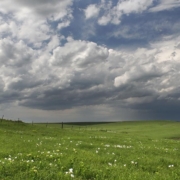
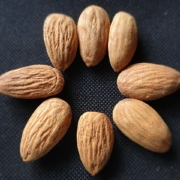 Gausanchennai: Wiki Commons
Gausanchennai: Wiki Commons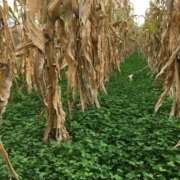

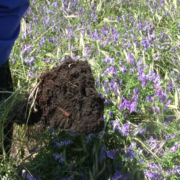
![ogalalla]2](https://attra.ncat.org/wp-content/uploads/2021/05/ogalalla2-180x180.jpg)

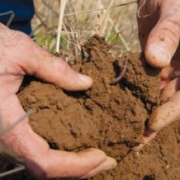

 USDA photo by Lance Cheung.
USDA photo by Lance Cheung.